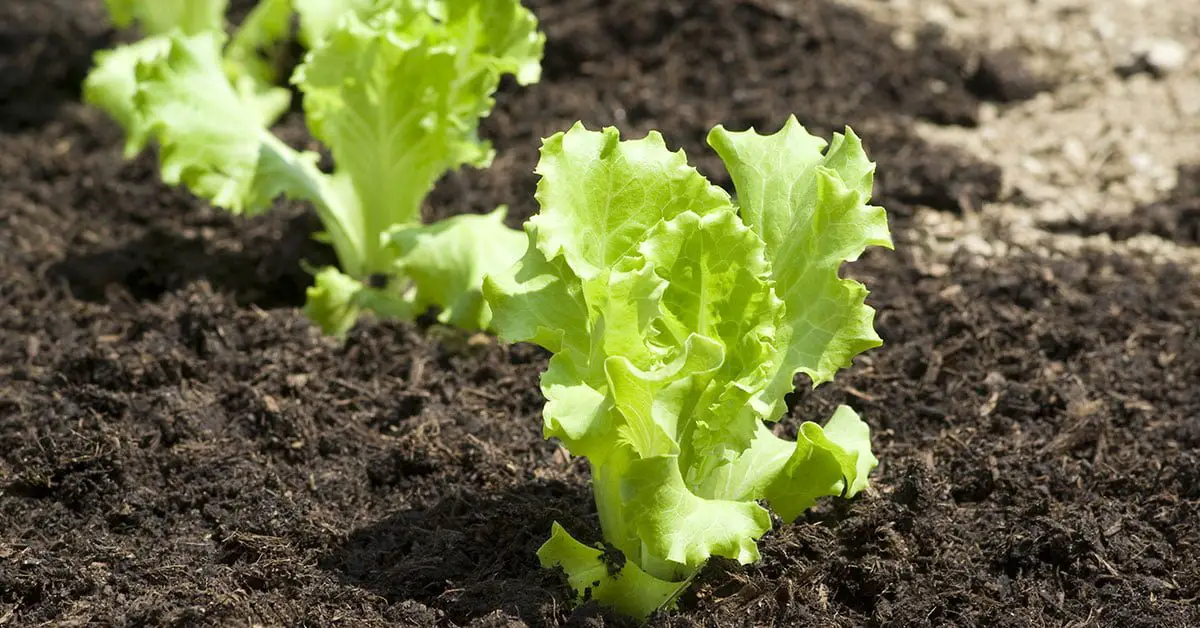So, you’ve decided to take on the challenge of growing lettuce in the scorching heat of Arizona? Well, don’t fret just yet! In this article, we’ll share some valuable tips and tricks to help you successfully grow delicious lettuce in the desert. With the right techniques and a little bit of patience, you’ll soon be enjoying crisp and fresh lettuce grown right in your own backyard. Whether you’re a seasoned gardener or a complete beginner, these helpful pointers will set you on the path to lettuce-growing success in Arizona.
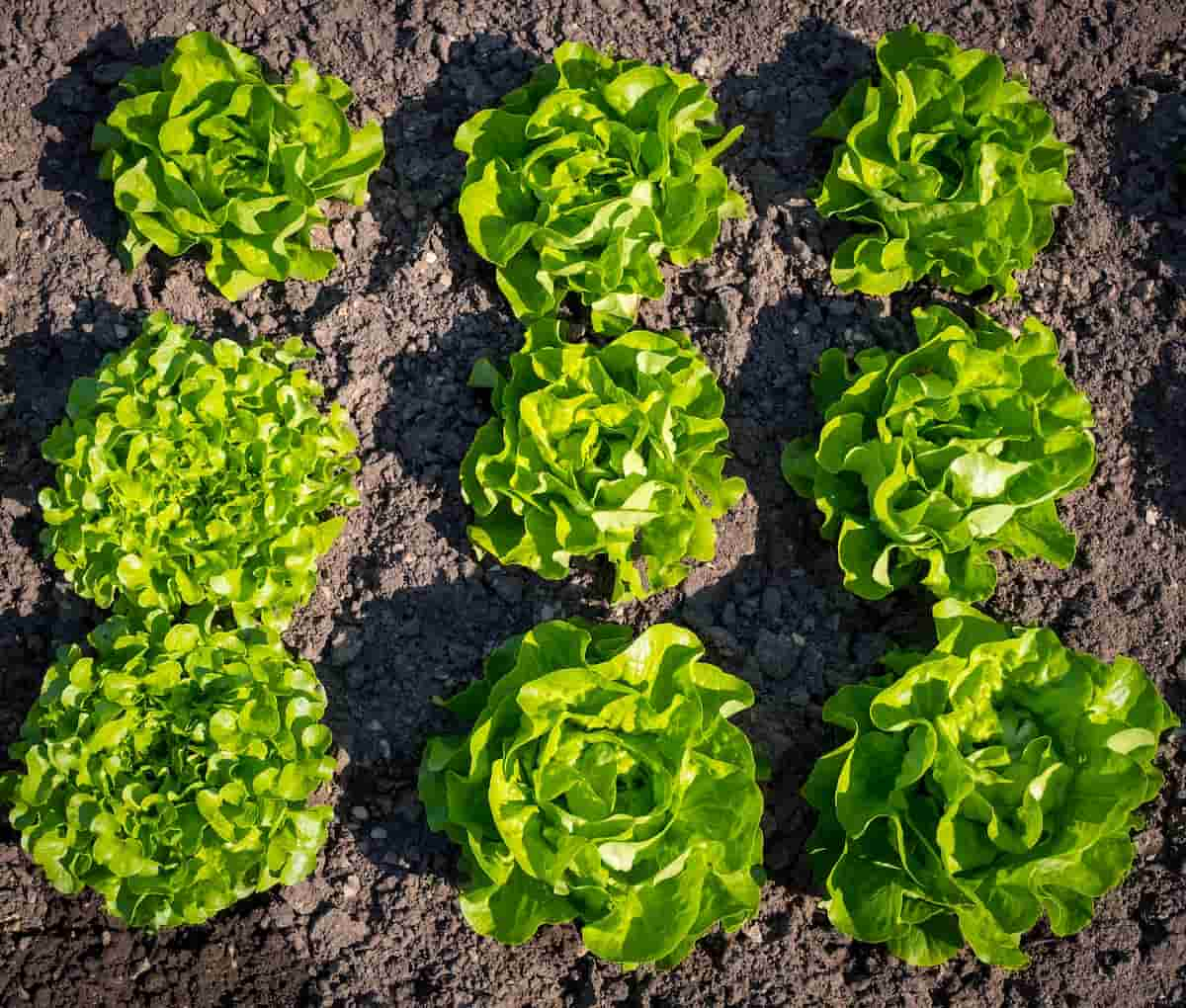
Selecting the Right Varieties
Choosing heat-tolerant varieties
When selecting lettuce varieties to grow in Arizona, it’s essential to choose heat-tolerant varieties that can withstand the high temperatures experienced in the region. Look for varieties specifically bred for warmer climates, such as ‘Black Seeded Simpson,‘ ‘Red Sails,’ or ‘Deer Tongue.’ These varieties have a higher chance of thriving in Arizona’s hot weather.
Considering leaf lettuce options
Leaf lettuce is a popular choice for Arizona gardeners because it offers a continuous harvest of individual leaves without needing to uproot the whole plant. Varieties like ‘Oakleaf,’ ‘Lollo Rossa,’ and ‘Green Ice’ are well-suited for Arizona’s climate and provide a variety of colors and textures to your salads.
Opting for varieties with shorter maturity dates
Arizona’s hot temperatures can cause lettuce to bolt and become bitter quickly. To avoid this, choose lettuce varieties with shorter maturity dates, allowing you to harvest them before they bolt. Varieties like ‘Buttercrunch,’ ‘Summer Crisp,’ and ‘Simpson Elite’ have shorter growth periods and tend to bolt later, making them ideal choices for Arizona gardeners.
Preparing the Soil
Testing the soil pH
Before planting lettuce, it’s important to test the soil pH. Lettuce prefers a slightly acidic soil with a pH between 6.0 and 7.0. Conduct a soil test using a pH kit or by sending a sample to a local extension office for analysis. Adjust the pH as needed by adding lime to raise the pH or sulfur to lower it.
Amending the soil with organic matter
To ensure your lettuce plants receive adequate nutrients and moisture, amend the soil with organic matter. Adding well-rotted compost or aged manure will improve the soil structure, water retention, and drainage. Spread a layer of organic matter over the planting area and work it into the soil before planting.
Ensuring proper drainage
Lettuce plants require well-draining soil to thrive. In Arizona’s dry climate, it’s crucial to ensure proper drainage to prevent waterlogged soil, which can lead to root rot. If your soil has poor drainage, consider building raised beds or adding organic matter such as compost or sand to improve the soil structure and allow excess water to drain away.
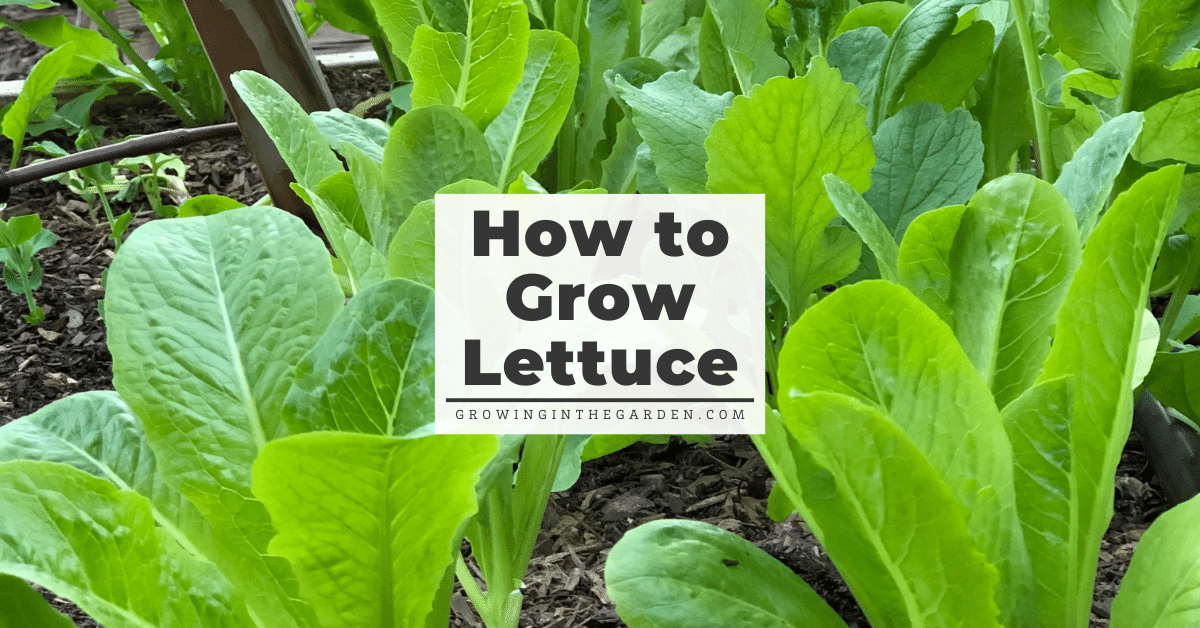
Planning the Planting Time
Avoiding extreme temperature periods
Lettuce grows best in cool weather, so it’s crucial to avoid extreme temperature periods when planting. In Arizona, aim to plant lettuce in the fall or early spring when temperatures are milder. Avoid planting during the hottest months of summer to prevent your lettuce from wilting or bolting prematurely.
Utilizing the cooler seasons
Take advantage of Arizona’s cooler seasons to grow lettuce. Fall and early spring provide ideal conditions for lettuce cultivation. Plan your planting accordingly, keeping in mind the approximate days to maturity for your chosen varieties to ensure a successful harvest before temperatures rise.
Scheduling successive plantings
To extend your lettuce harvest throughout the growing season, consider scheduling successive plantings. By planting a new crop every few weeks, you can ensure a continuous supply of fresh lettuce. Take into account the maturity dates of your chosen varieties and stagger the planting accordingly.
Providing Adequate Sunlight
Identifying ideal light requirements for lettuce
Lettuce thrives in full sun, but in Arizona’s scorching temperatures, it’s crucial to consider the ideal light requirements. Aim to provide your lettuce plants with at least 6 hours of direct sunlight per day. If your garden receives intense afternoon sun, consider providing some shade during the hottest part of the day.
Considering shade options in extreme heat
During excessively hot periods, lettuce may benefit from some shade to protect it from scorching. Consider planting taller companion plants or using shade cloth to provide partial shade. This will help prevent your lettuce from wilting or bolting prematurely due to the intense heat.
Using shade cloth if needed
If your lettuce plants are in an area with intense sunlight, using shade cloth can be an effective way to provide temporary relief from the heat. Install the shade cloth over your lettuce bed, ensuring it is securely fastened. This will help reduce the temperature and intensity of direct sunlight while still allowing enough light for healthy growth.

Managing Watering Needs
Understanding lettuce’s moisture requirements
Lettuce plants have shallow roots, so they require consistent moisture to thrive. In Arizona’s arid climate, it’s important to understand the moisture needs of lettuce. Aim to keep the soil evenly moist, but not waterlogged. Avoid allowing the soil to dry out completely between waterings, as this can cause the lettuce to become bitter and dehydrated.
Monitoring soil moisture levels
Regularly monitor the soil moisture levels to ensure your lettuce receives adequate water. Insert your finger into the soil about an inch deep to determine if it’s time for watering. If the soil feels dry, it’s time to water. Consider using drip irrigation or soaker hoses to deliver water directly to the soil, minimizing water wastage.
Implementing efficient irrigation methods
To maximize water efficiency, consider implementing efficient irrigation methods such as drip irrigation or soaker hoses. These methods deliver water directly to the plant roots, minimizing evaporation and reducing the risk of fungal diseases. Apply water slowly and deeply, allowing it to penetrate the soil and reach the plant’s roots effectively.
Implementing Proper Mulching
Using organic mulch to retain moisture
Mulching is an excellent technique to retain moisture in the soil and reduce evaporation. Use organic mulch, such as straw, wood chips, or compost, around your lettuce plants. Apply a layer of mulch about 2-3 inches thick, ensuring it covers the soil surface thoroughly. This will help keep the soil moist, regulate soil temperature, and inhibit weed growth.
Preventing weed growth
Weeds can compete with lettuce for nutrients and water, so it’s important to prevent their growth. Applying mulch around your lettuce plants helps smother weed seedlings, preventing them from germinating and taking root. Regularly check for any emerging weeds and remove them promptly.
Protecting the roots from extreme temperatures
Arizona’s hot temperatures can expose the lettuce roots to extreme temperatures, affecting their health and growth. By using organic mulch, you can create a protective layer that insulates the soil, keeping the roots cooler during the day and warmer at night. This will help your lettuce plants stay healthy and thriving despite the challenging climate.
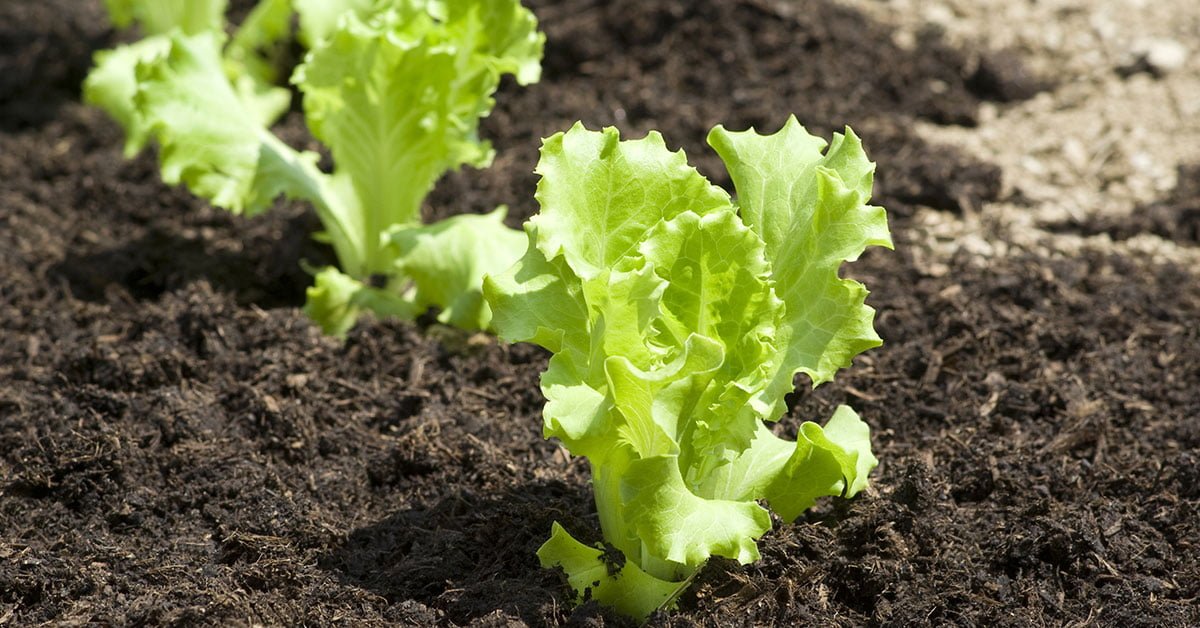
Avoiding Pests and Diseases
Identifying common lettuce pests in Arizona
In Arizona, lettuce can be susceptible to pests such as aphids, caterpillars, and leaf miners. Regularly inspect your lettuce plants for signs of infestation, such as holes in leaves, sticky residues, or distorted growth. Identify the specific pests and use appropriate organic pest control methods to manage their populations effectively.
Implementing organic pest control methods
To control pests in your lettuce garden, opt for organic pest control methods. These methods are effective and environmentally friendly, avoiding the use of harsh chemicals. Options include introducing beneficial insects like ladybugs or lacewings, using insecticidal soaps or neem oil sprays, and practicing crop rotation to disrupt pest life cycles.
Recognizing common diseases and their prevention
Lettuce is susceptible to fungal diseases like powdery mildew and downy mildew. Recognize the signs of these diseases, such as white powdery or fuzzy growth on leaves, yellowing, or wilting. To prevent the spread of diseases, practice good garden hygiene, including proper spacing between plants, providing adequate air circulation, and avoiding overhead watering.
Fertilizing the Lettuce
Choosing appropriate fertilizers
Lettuce plants have relatively low nutrient requirements, but a balanced fertilizer can help promote healthy growth. Choose a fertilizer formulated specifically for vegetables or leafy greens, with equal or slightly higher nitrogen (N) and phosphorus (P) levels and a lower potassium (K) level. Avoid high-nitrogen fertilizers, as they can encourage excessive leaf growth and delay maturity.
Applying fertilizers at the right time
To provide your lettuce plants with the necessary nutrients, apply fertilizers at the right time. Incorporate a slow-release organic fertilizer into the soil before planting or use a liquid fertilizer during the growing season. Follow the package instructions for the recommended application rates, avoiding over-fertilization, which can damage the plants.
Avoiding over-fertilization
Over-fertilization can lead to nutrient imbalances, leaf burn, or stunted growth in lettuce plants. Follow the recommended application rates and avoid applying excessive fertilizer. Regularly monitor the plants’ growth and appearance, adjusting the fertilizer application if necessary. It’s always better to start with a conservative amount and increase if needed.
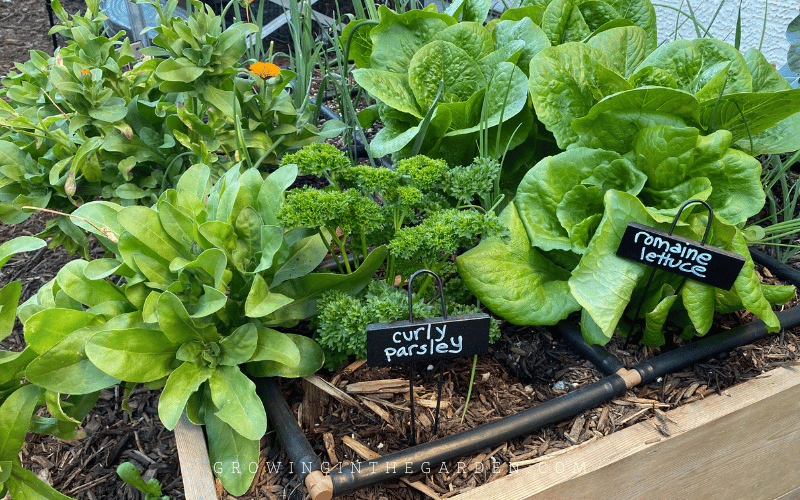
Harvesting and Storing Lettuce
Knowing when to harvest
Lettuce leaves can be harvested at any stage of growth, depending on personal preference. Harvest baby greens when they have reached a desired size, or wait until the heads have formed. Lettuce is typically ready for harvest 45-60 days after planting, but this can vary depending on the variety. Monitor the plants closely and harvest before they bolt or become overly bitter.
Harvesting individual leaves or entire heads
When harvesting lettuce, you have the option to harvest individual leaves or the entire head. For leaf lettuce varieties, simply harvest the outer leaves as needed, allowing the inner leaves to continue growing. If you’re growing heading lettuce, wait until the head feels firm and compact, then cut the entire head. Harvesting selectively will ensure a continuous supply of fresh lettuce.
Properly storing lettuce to maintain freshness
To maintain the freshness of harvested lettuce, it’s important to store it properly. After harvesting, gently wash the leaves to remove any dirt or debris. Pat them dry with a clean towel or use a salad spinner. Store the lettuce in a perforated plastic bag or airtight container in the refrigerator’s crisper drawer. This will help retain moisture and keep the lettuce fresh for up to a week.
Extending the Growing Season
Using shade structures to reduce heat stress
To extend the lettuce growing season in Arizona, consider using shade structures. Erecting temporary shade cloth or building permanent shade structures, such as trellises or arbors, can help reduce heat stress on the lettuce plants. By providing some relief from intense sunlight, you can prolong the harvest period and prevent premature bolting.
Utilizing cool-season gardening techniques
Embrace cool-season gardening techniques to extend the growing season of lettuce. Intercropping lettuce with cold-hardy plants like spinach, kale, or radishes can help create a microclimate that protects the lettuce from extreme heat. Additionally, using row covers or cold frames can provide additional insulation during colder months, allowing you to harvest fresh lettuce during the winter.
Exploring hydroponic or indoor growing options
For those looking to grow lettuce year-round in Arizona, hydroponic or indoor growing systems can be a great option. Hydroponics allows you to grow lettuce without soil, using nutrient-rich water instead. Indoor growing setups, such as grow lights or climate-controlled environments, provide optimal conditions for lettuce cultivation regardless of the outdoor temperature. These methods offer the flexibility to grow lettuce in any season, ensuring a constant supply of fresh greens.
By following these tips and tricks, you can successfully grow lettuce in Arizona’s challenging climate. Remember to choose the right varieties, prepare the soil adequately, provide the necessary sunlight and water, protect against pests and diseases, and employ appropriate harvesting and storage techniques. With careful planning and attention to detail, you’ll be rewarded with a bountiful harvest of crisp and delicious lettuce throughout the year. Happy lettuce growing!
